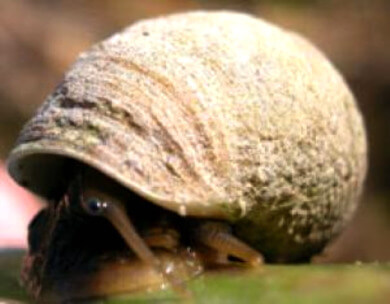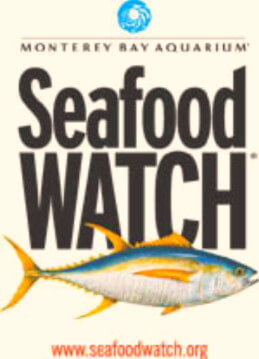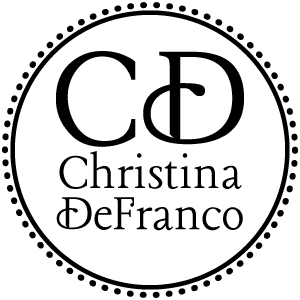Green Seafood
I spent a morning talking seafood with Tom Neal at Whole Foods in West Hartford, Connecticut. Specifically, sustainable seafood and how do we ensure that we’re able to enjoy oysters, lobsters, clams well into the future. This is a real concern of mine, given all the reports of overfishing, especially here in New England where I’ve spent my whole life (save my college years in North Carolina and some time in the 90s in upstate New York as a TV reporter)
I’ve grown up eating just about everything from the ocean – and I mean EVERYTHING! Like, fried smelts (apparently a favorite in Italian families). And, how about this? Periwinkles (almost a little embarrassed to admit this). These are snails – but let me assure you, they’re not French prepared escargot! In fact, if my kids knew this, they would be totally grossed out. You would steam them, then use a needle to remove the membrane and, voila, consume your “catch.” Shrek-food comes to mind here.

Periwinkle – good eatin’!
When I go out to dinner, I exclusively choose seafood as my entree. I ate my first Lobster Savanah at Boston’s Pier 4 when I was 10. It was enormous and I devoured the entire meal. Now you get the picture. But, I think it’s important to acknowledge that there are some fish and shellfish we just shouldn’t be eating. For a piece I’m working on for an upcoming “From the Green Files” segment, I’ve done some research on Seafood Watch, which has really taken the most hard line stance on what seafood we should avoid to best preserve the oceans. The organization also weighs in on farm-raised fish. I was devastated to see that one of my all time favorites, Atlantic Cod, is on their “AVOID” list. Yikes. I’m always ordering that. I should mention they do specify how the fish is caught and what is the country of origin. So for example, it’s not recommended to eat Haddock that’s trawled (that involves dragging a huge net along the ocean’s floor, which results in lots of unintended, innocent, dead fish being thrown back into the ocean ), but it’s okay to eat Haddock that’s been caught via hook and line. As you can imagine, Seafood Watch is not hugely popular among many who catch and sell fish for a living. And we here in New England do not want to put our hard-working fishermen and fisherwomen out of work. Not to mention push “Deadliest Catch” off the air! So how do you strike a healthy balance???? Well, I definitely think Whole Foods has got it right. They do not view Seafood Watch as gospel. They sell farmed salmon, despite SW’s “Avoid” recommendation. That’s because they’ve sent their own specialists out to investigate the farming practices and the impact on the environment. They also sell Atlantic Cod. Yes. Because their research indicates that quotas imposed on fishing that species have replenished the stock. But you’ll only find lobsters in their Portland, Maine store. Whole Foods stopped selling them everywhere else a few years ago because the store felt the storage of the live crustaceans was inhumane: They were kept in small, dark tanks for months before they were sold. That’s pretty hardline but it makes sense.

Seafood Watch pocket guide
So, what to do? Well, I’ve printed out my own copy of the Seafood Watch guide, which you can pull of SW’s site. And, I’ll be making “greener” choices: no more Blue Fin Tuna (considered the “posterchild” of overfishing by the Marine Stewardship Council and worldwide fishing organizations), Orange Roughy, or trawled Haddock for me. Print out your own Seafood Watch pocket guide. When ordering seafood, ask where it comes from. You should be able to see the country of origin at your local fishmongers. They’re required by U.S. law to post that information. And you can rest easy, smelts and periwinkles are not on the “Avoid” list….so enjoy!
Christina DeFranco, Environmental Journalist | CT Documentary and Video Producer

